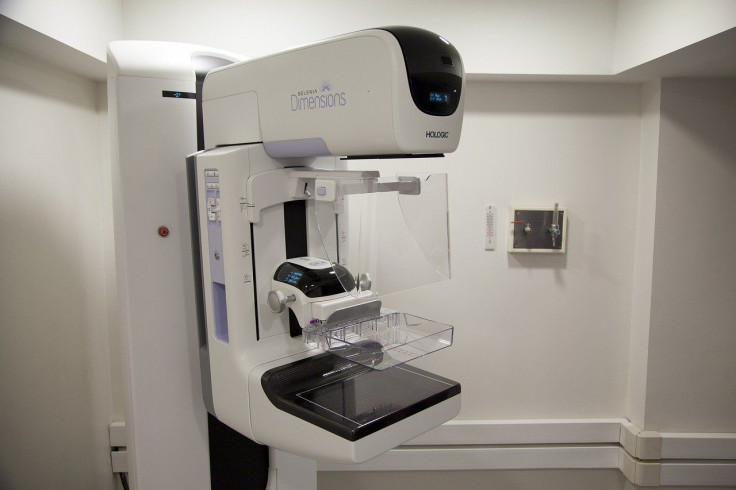Spanish Only-Speaking Women in U.S. Have Fewer Mammograms

Mammograms save lives, but only if you get them. And this seems to be a greater problem for women in the United States who speak only Spanish or have limited English than for their English-speaking peers, according to a study presented last week at the American College of Surgeons (ACS) Clinical Congress 2020.
“Spanish-only speakers appear to have a 27% less likelihood of having a screening mammogram than English speakers,” said lead study investigator Jose L. Cataneo, MD, in a press release. Dr. Cataneo is a general surgery resident at the University of Illinois at Chicago (UIC)/Metropolitan Group Hospitals.
The researchers looked at almost 10,000 women for the study. Among the group were 1,040 who had limited English proficiency and, among these, 756 spoke only Spanish.
Study findings
When verifying which women received screening mammograms, the researchers found that those who spoke English had 12% more mammograms than those with limited English; 209 in the latter group said they never had a screening mammogram.
The researchers used statistical software to determine what these numbers would be like across the country. They estimated that among women aged 40 to 75, 450,000 women who would be eligible to undergo a screening mammogram did not.
Age didn’t matter
Could age have played a role in the differences between English-speaking women and those with limited English? Apparently not. The researchers divided the women into 3 groups:
- 40 to 50
- 45 to 75
- 50 to 75
"In all three groups, we found that those with limited English proficiency had less frequency of getting a screening mammogram," Dr. Cataneo said in the release.
Breast cancer screening recommendations
The U.S. Preventive Services Task Force recommends that women aged 50 to 74 years at average risk of developing breast cancer undergo mammography every 2 years. Women aged 40 to 49 years should be screened if they have a parent, sibling, or child with breast cancer, or if their physician recommends it. There is no recommendation for regular mammograms for women 75 years or older.
The American Cancer Society has slightly different recommendations. According to the Society, women aged 40 to 44 should start having annual mammograms every year if they choose to. Women 45 to 50 should get an annual mammogram, and over 55, a mammogram every 2 years. “Screening should continue as long as a woman is in good health and is expected to live 10 more years or longer,” says the website.
It is important to keep in mind that guidelines are exactly that – guidelines. They should be over-ridden if a woman and her physician feel there is a reason, such as a family history of breast cancer, why mammograms should begin sooner or performed more often.
The take-away
Studies like this one point out the inequities in health care. While Hispanic women do tend to have lower rates of developing breast cancer, the disease is the leading cause of deaths due to cancer in the community.
The researchers pointed out that many women who don’t speak English or have limited ability are often economically disadvantaged and may not have health insurance. They also may not understand the importance of mammograms or they may fear them. Therefore, education is essential in the community to increase screening rates.



























